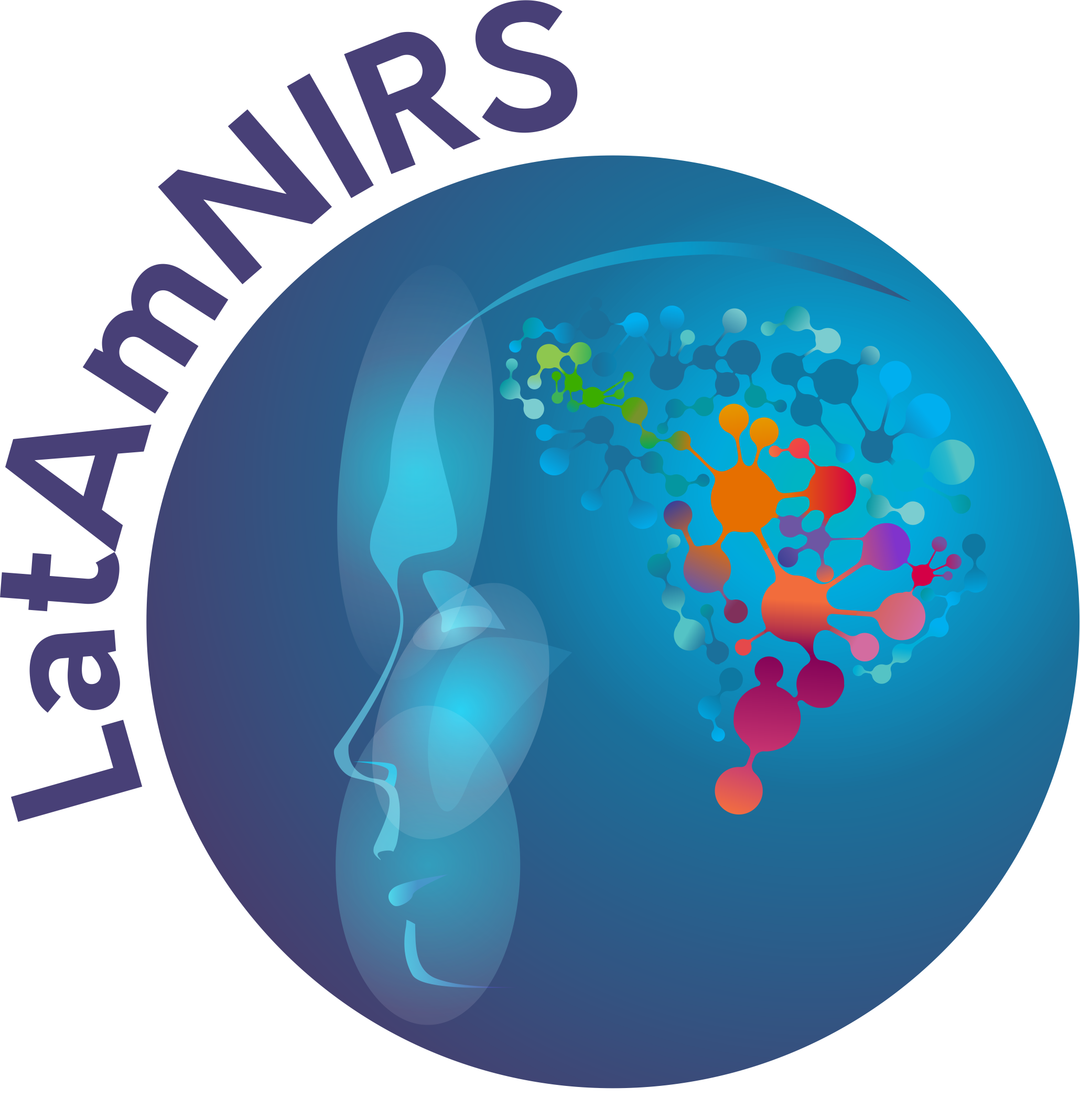Optical tomography
Definition: Optical tomography describes techniques which generate full three-dimensional (3D) images from measurements taken from sources and detectors covering a substantial part of the surface of the object. Data is obtained from light that has traveled across the object under examination.
The image reconstruction in optical tomography can be approximately divided into two kinds: the first is a linearization approach and another is a nonlinear iterative approach. The former reconstructs images of measured changes, while the latter enables quantitative image reconstruction of an object.
Nonlinear image reconstruction methods are used due to the use of the diffusion approximation, and typically these generate images that can be shown on a three dimensional tissue volume. It is also possible to attempt to separate the effects of absorption and scatter, which requires measurements of both the intensity and the mean flight time (or, equivalently, phase) of the transmitted light because (in the absence of prior information) measurements of intensity only are unable to distinguish between absorption and scatter at a single wavelength.
There are several different techniques for performing tomography in NIRS, including diffuse optical tomography (DOT) and functional diffuse optical tomography (fDOT). These techniques use sophisticated algorithms and mathematical models to reconstruct the distribution of changes in hemoglobin concentration within the tissue of interest, e.g the brain, or breast.
Alternative definition: Tomography is a general term for the reconstruction of the image of sections of a volume using energy which penetrates the volume. In the context of optical near-infrared spectroscopy, tomography refers to the reconstruction of the optical or physiological properties of a volume with illumination and detection on the surface or embedded in the volume. There are several different techniques for performing tomography in NIRS, including diffuse optical tomography (DOT) and functional diffuse optical tomography (fDOT). These techniques use sophisticated algorithms and mathematical models to reconstruct the distribution of changes in hemoglobin concentration within the tissue of interest, e.g brain, breast etc.
Synonym:
References: https://doi.org/10.1016/B978-0-12-386456-7.07605-X
https://doi.org/10.1063/1.5086809
Related terms: Diffuse optical tomography
